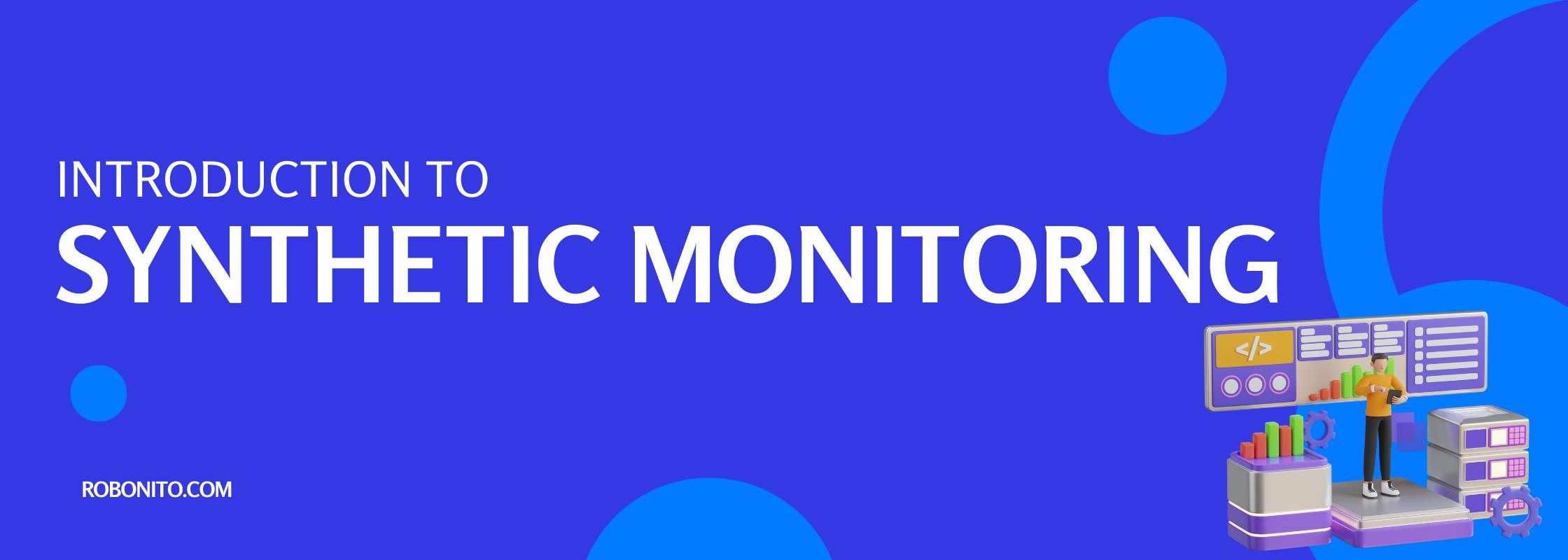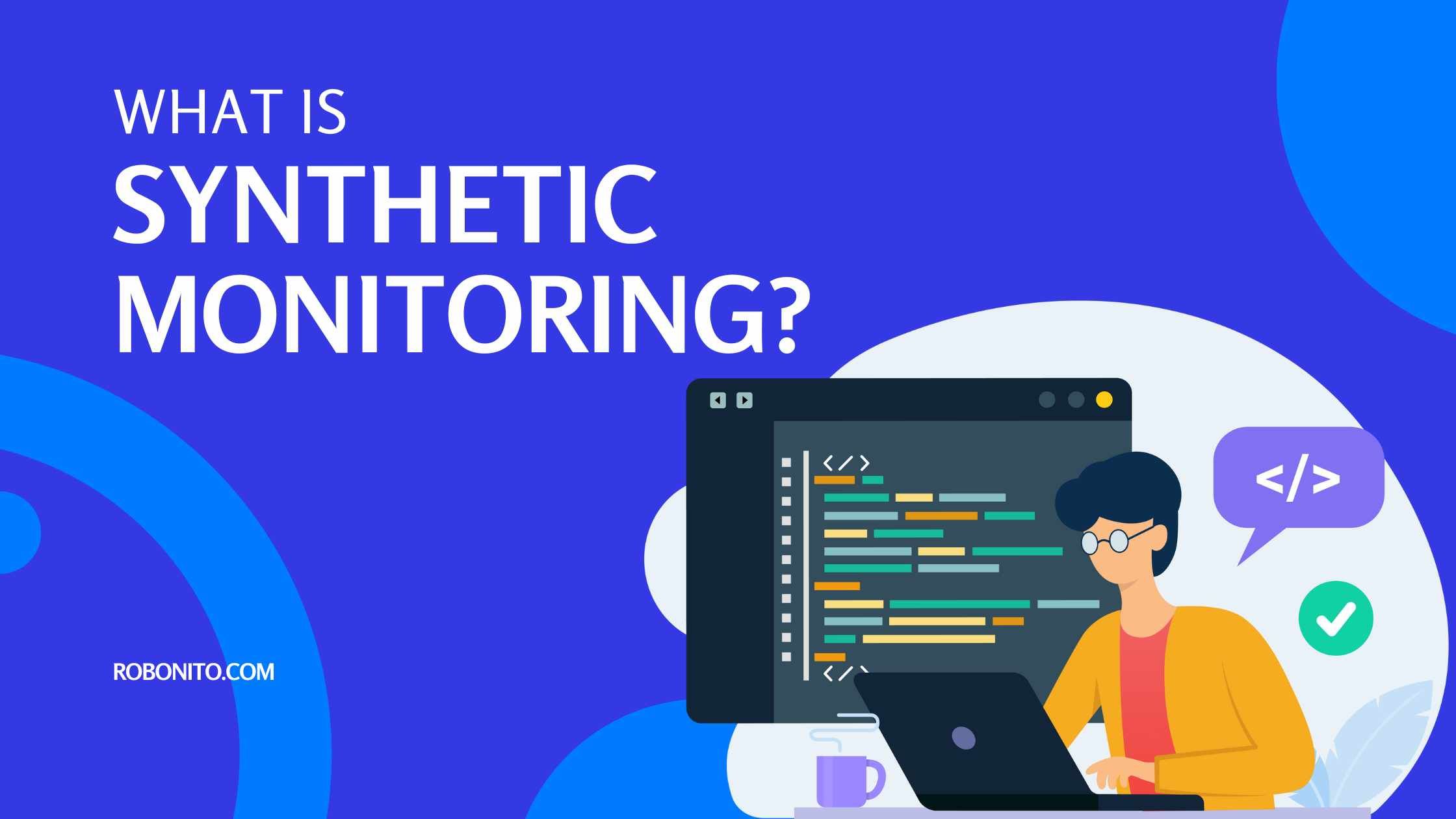The need for efficient and proactive monitoring of online services and applications has become paramount. Synthetic Monitoring stands out as a cornerstone in ensuring the optimal performance and availability of these systems. It involves creating simulated user interactions to monitor and analyze the behavior and performance of various endpoints and transactions, providing crucial insights into the health of digital platforms.
Introduction to Synthetic Monitoring

Synthetic Monitoring, often referred to as proactive monitoring, is a method used to simulate user interactions with applications, networks, or services. It involves creating artificial transactions that mimic real-user behavior to evaluate and measure system performance.
Definition and Purpose
The primary objective of Synthetic Monitoring is to replicate user journeys and interactions to detect performance issues before they impact actual users. By generating synthetic traffic, this monitoring technique provides insights into system health, identifying bottlenecks, and enabling timely interventions.
Importance in Modern Tech Environments

In today's highly competitive digital landscape, where user experience is pivotal, Synthetic Monitoring plays a crucial role in maintaining optimal service delivery. It allows businesses to proactively identify and address potential issues, ensuring seamless user experiences and mitigating revenue loss due to downtime or poor performance.
How Synthetic Monitoring Works
The mechanism behind Synthetic Monitoring involves deploying probes or agents that simulate user actions. These probes navigate through applications or websites, following predefined scripts or workflows.
Simulated User Interactions
Synthetic Monitoring creates virtual users that interact with applications by executing predefined scripts. These interactions include actions like visiting web pages, filling forms, clicking buttons, and conducting transactions, mimicking real-user behavior.
Monitoring Endpoints and Transactions
The synthetic probes monitor various endpoints and transactions within the system, such as API calls, login processes, shopping cart functionalities, etc. This comprehensive monitoring helps in identifying performance issues across different functionalities of the application or service.
Key Components of Synthetic Monitoring

Several crucial components contribute to the effectiveness of Synthetic Monitoring.
Probes and Agents
Probes or agents are deployed to simulate user actions and monitor system performance. These probes run scripts at regular intervals, collecting data on response times, errors, and overall system behavior.
Metrics and Data Collection
Synthetic Monitoring gathers various metrics and data points, including response times, page load speeds, transaction success rates, and error rates. This data provides insights into performance trends and helps in identifying potential issues.
Advantages of Synthetic Monitoring
The use of Synthetic Monitoring offers numerous advantages for businesses and organizations.
Early Issue Detection
One of the primary benefits is the early detection of performance issues. By proactively monitoring systems, Synthetic Monitoring helps in identifying potential problems before they affect real users, allowing for prompt resolution.
Performance Optimization
Continuous monitoring enables businesses to optimize their applications or services for better performance. Insights gained from Synthetic Monitoring aid in fine-tuning systems, improving user experience, and maximizing efficiency.
Challenges and Limitations
Despite its advantages, Synthetic Monitoring has certain challenges and limitations that need consideration.
Lack of Real-User Data
Synthetic Monitoring primarily relies on simulated interactions, which might not replicate the diversity and complexities of real-user behaviors. It might miss detecting issues that only real users encounter.
Complexity in Setup and Maintenance
Implementing and maintaining a Synthetic Monitoring system can be complex and resource-intensive. It requires continuous script management, infrastructure maintenance, and periodic adjustments.
Use Cases and Applications
Synthetic Monitoring finds application in various domains and industries.
Website and Application Performance
It is extensively used to monitor website and application performance, ensuring optimal loading times, functionality, and user experience.
E-commerce and Transaction Monitoring
In e-commerce, Synthetic Monitoring helps in monitoring critical transactions like payment gateways, ensuring seamless customer transactions.
Choosing the Right Synthetic Monitoring Solution
Selecting an appropriate Synthetic Monitoring solution involves considering several factors.
Factors to Consider
Factors such as scalability, ease of use, integration capabilities, and cost-effectiveness should be evaluated while choosing a monitoring solution.
Popular Tools in the Market
There are several popular Synthetic Monitoring tools available, each offering unique features and functionalities. Tools like New Relic, Dynatrace, and Pingdom are widely used in the industry.
Best Practices in Implementing Synthetic Monitoring
Implementing Synthetic Monitoring requires adherence to certain best practices.
Setting Benchmarks and Thresholds
Establishing benchmarks and defining threshold values for performance metrics helps in identifying deviations and triggering alerts for potential issues.
Regular Analysis and Adjustments
Continuous analysis of monitoring data and making necessary adjustments to scripts or configurations is crucial to ensure the effectiveness of Synthetic Monitoring.
Future Trends in Synthetic Monitoring
The future of Synthetic Monitoring is poised for advancements and innovations.
AI and Machine Learning Integration
Integration of AI and machine learning technologies will enhance the predictive capabilities of Synthetic Monitoring, enabling more accurate issue predictions and proactive interventions.
Expansion into IoT and Cloud Environments
With the proliferation of IoT devices and cloud-based services, Synthetic Monitoring is expected to expand its capabilities to monitor and ensure the performance of these interconnected systems.
Conclusion
In conclusion, Synthetic Monitoring stands as a proactive and invaluable method for assessing and maintaining the performance and reliability of digital platforms. Despite its limitations, its ability to mimic user interactions and provide early insights into potential issues makes it an indispensable tool in the tech-driven world.
FAQs (Frequently Asked Questions)
-
What distinguishes Synthetic Monitoring from Real User Monitoring (RUM)?
Synthetic Monitoring involves simulated user interactions, while RUM relies on data from actual user sessions.
-
Is Synthetic Monitoring suitable for all types of applications?
While effective for most applications, Synthetic Monitoring might not capture all real-user behaviors in highly complex or niche scenarios.
-
How frequently should Synthetic Monitoring scripts be updated?
Regular updates are advisable, especially when there are changes in application functionalities or user behaviors.
-
Can Synthetic Monitoring completely eliminate downtime?
While it helps in early issue detection, complete elimination of downtime depends on various factors beyond monitoring alone.
-
Are there free Synthetic Monitoring tools available?
Yes, there are free versions or trial periods offered by certain Synthetic Monitoring tools, although their features might be limited compared to paid versions.

